Quick Overview: How To Clean A Skillet Step-by-Step
- Let the skillet cool down completely. It's important not to start cleaning the skillet after cooking as it can damage the surface.
- Clean the stainless steel skillet with hot or warm water to take out food particles, stuckon bits, or loose debris. Use a soft scrubbing brush to take off any stains.
- Place a small quantity of dish soap on a cloth or soft sponge, and use it to scrub the skillet. You may also use any stainless steel cleaner or a water and baking soda mixture. Make sure to clean your skillet in and out.
- Wash the skillet with hot water, and dry the pan with a clean paper towel. It's important to dry the skillet completely to prevent any stains from forming or water spots.
- Store the skillet in a cool place, away from any heat. You can also use a thin layer of vegetable oil, olive oil, or any neutral oil on the skillet's surface to stop discoloration and remove rust.
The skillet has become a favorite in the kitchen. They're durable, strong and have been around for generations. What's not to love? Cleaning your skillet doesn't have to be a bad dream. Knowing how to clean a skillet correctly is vital to its durability and everyday performance. Now let's learn how to clean a skillet step by step.
1. How To Clean A Skillet
 10" Frying Pan & Skillet ETERNA Non-Stick Oberon Series Dalstrong
10" Frying Pan & Skillet ETERNA Non-Stick Oberon Series Dalstrong
Before you start, check the manufacturer's instructions for specific cleaning and care tips. Even though most types of cookware are marketed as dishwasher-safe, hand-washing is commonly the best way to clean skillets, nonstick pans, cast iron pan, and other cookware sets. Always let your pan cool down before cleaning. Don't use oven cleaners, abrasive tools, or harsh cleaners such as bleach, as these will permanently damage the surface.
Read about the difference between a frying pan and a skillet.
2. What You Will Need
To clean a skillet, you will need the following items:
Hot water
Hot water is vital for rinsing off loose debris or stuckon food from the skillet.
Dish soap
A small amount of dish soap will help to remove any stubborn stains or grease from the skillet.
Soft sponge or cloth
Use a cloth or soft sponge to scrub the skillet. Don't use abrasive sponges, metal scrubbers, or steel wool, as these can deteriorate and damage the surface of the skillet.
Stainless steel cleaner (optional)
You can use a stainless steel cleaner if there are any stubborn burnt-on food or stains that are unlikely to come off by washing.
Baking soda (optional)
Baking soda is a substitute for stainless steel cleaner. Blend a small amount with water to form a paste, and use it to scrub the stainless steel skillet.
Towels
Use clean paper towels to dry the skillet after cleaning.
Vegetable oil (optional)
Use a thin layer of oil (such as flaxseed oil, olive oil, neutral oil, and other cooking oils) on the cooking surface of the skillet after cleaning. This can help to stop the skillet from rusting and discoloration.
3. How To Clean A Skillet Step By Step
 9" Frying Pan & Skillet Silver Oberon Series Dalstrong
9" Frying Pan & Skillet Silver Oberon Series Dalstrong
- Let the skillet cool down completely. It's important not to start cleaning the skillet after cooking as it can damage the surface.
- Clean the stainless steel skillet with hot or warm water to take out food particles, stuckon bits, or loose debris. Use a soft scrubbing brush to take off any stains.
- Place a small quantity of dish soap on a cloth or soft sponge, and use it to scrub the skillet. You may also use any stainless steel cleaner or a water and baking soda mixture. Make sure to clean your skillet in and out.
- Wash the skillet with hot water, and dry the pan with a clean paper towel. It's important to dry the skillet completely to prevent any stains from forming or water spots.
- Store the skillet in a cool place, away from any heat. You can also use a thin layer of vegetable oil, olive oil, or any neutral oil on the skillet's surface to stop discoloration and remove rust.
4. General Care And Tips For Your Skillet And Other Cookware
 12" Skillet Frying Pan Hammered Finish Silver Avalon Series Dalstrong
12" Skillet Frying Pan Hammered Finish Silver Avalon Series Dalstrong
Here are some popular tips on how to take care of your skillet and other cookware:
Seasoning
To stop food from sticking to your skillet, just like when you season cast iron, you can also season your skillet with a thin layer of vegetable oil. Heat the skillet over medium or low heat, then wipe it with a clean paper towel coated with vegetable oil. Repeat the process until the skillet is fully coated. This will create a non-stick surface and help to stop it from rusting. Learn more about how to season a stainless steel pan here.
Preheating
Always preheat your stainless steel skillet before using it. This will help stop food from sticking to the surface and ensure even cooking.
Low to medium heat
Stainless steel skillet is designed to heat evenly and retain heat, so don't use high heat settings. Instead, use low heat to stop warping or damage to the skillet.
Avoid using metal utensils
Abrasive tools can scratch the surface of your stainless steel skillet, so use silicone or wooden utensils (like a wooden spatula or wooden spoon) instead.
Hand wash
Don't use a dishwasher to clean your skillet. Hand wash the skillet with a cloth or soft sponge, and avoid using steel wool, chainmail scrubber, or any abrasive sponge.
Dry completely
After cleaning your stainless steel skillet, dry the pan completely to stop any water spots or stains from forming on the surface.
Store properly
Keep your stainless steel skillet in a cool place, away from any heat. Don't stack the skillet on top of each other, as this can scratch the surface.
5. Must-have Dalstrong Skillets
1. 9" Frying Pan & Skillet ETERNA Non-stick Oberon Series Dalstrong
The Dalstrong Eterna non-stick Oberon series helps you create magic in your kitchen. This 3-ply aluminum cookware can evenly cook from thick meat to delicate omelets. The Oberon series uses cladding technology to combine extra thick gauge layers of nonreactive 18/10 stainless steel that shine at browning. The Eterna non-stick coating is a breakthrough in non-stick technology that will last longer than ordinary non-stick coatings and can maintain its non-stick property longer due to its extra thick 35 micrometers coating.
PROS:
- Compatible with gas, electric, and induction cooktops.
- Refrigerator and freezer safe.
- 4mm thick and extra-strong.
- Perfect-fitting tempered glass lid.
- Unbeatable price-quality.
CONS:
- Other people may need bigger nonstick pans in their kitchen.
- The silver look may not be to your liking.
2. 10" Frying Pan & Skillet ETERNA Non-Stick Oberon Series Dalstrong
This high-performing, ultra-functional, and medium-weight cookware with upper-class and made in the USA. Compared to other non-stick, Oberon Eterna has been examined to last 26 times in the dry test than the leading competitor brand and over ten times than the premium non-stick tested.
PROS:
- Elegant, luxurious design, sober.
- Lifetime warranty on deflects.
- Perfect handle for a comfortable and secure grip.
- Goes with a padded pan protector and a carrying bag for the best care.
- 3-Ply aluminum core combined with 18/10 stainless steel.
CONS:
- The shape of the handle may not be for everyone's liking.
- The medium-weight skillet may not feel different to some people who are used to lighter skillets.
3. 12" Frying Pan & Skillet Silver Oberon Series Dalstrong
The Dalstrong Oberon series is a non-reactive 18/10 stainless steel that excels at braising and browning foods and prolongs the pan's life, making it much more durable. Every chef should own a quality pan like this, beautiful and built to last a lifetime.
PROS:
- 3-Ply aluminum core plus thick layers of stainless steel.
- Made to last and resist all your kitchen ventures.
- Thick and strong cookware that withstands heat.
- The lid is vast and has a hole to release pressure and prevent food from spilling.
- Coated with aluminum rivets will never break or lose.
CONS:
- A high-quality pan like this is an investment. I would suggest getting one if you are willing to give it proper maintenance and care to avoid frustration.
- Not everyone's pocket is ready for this. A bigger size influences the price.
4. 9" Frying Pan & Skillet Silver Oberon Series Dalstrong
This frying pan and skillet is an eye-catcher that communicates performance and luxury. This cookware is suitable for all stovetops. Broiler and dutch ovens are safe up to 600 degrees F. The cookware is also dishwasher, freezer, and refrigerator safe.
PROS:
- Guaranteed for your stir-frying.
- Layers of satin polish enhance scratch resistance and smoothness.
- 4mm tempered glass that provides a clear window during the cooking process for a precise cook.
- The cookware lid knob is made from thick cast steel.
- Combined thick layers of non-reactive stainless steel to prolong the cookware's life.
CONS:
- If you cater to a lot of people, perhaps you prefer the bigger version.
- Many people prefer non-stick over aluminum.
5. 12" Skillet Frying Pan Hammered Finish Silver Avalon Series Dalstrong
They are named after the same mythical island where King Arthur's legendary sword was forged. This cookware has a stunning design, is functional and high-performing, and is built to last a lifetime. The Avalon series rises above the competition.
PROS:
- Combined interior layers of free aluminum and 18/10 stainless steel streak above and below the copper, providing retention and heat conductivity.
- Twenty times better than stainless steel and five times better than iron.
- Robust 2.5mm thick that will never warp under prolonged heat and will never dent.
- Consistent cooking results.
CONS:
- I love the 12" size, but if you come from a small family, you might consider the smaller version.
- There are people who prefer specific sizes for their cookware. If you're looking for something smaller, explore the rest of the skillets here.
6. Frequently Added Questions
How do you clean a dirty skillet?
If you are done using the skillet, soak it with dish soap and warm water for a number of hours before scrubbing it with a soft scrubbing brush or sponge. You can also use a baking soda and water mixture to create a paste as tjswash away the stains.
How do you clean a skillet after use?
First is to let the skillet cool down and remove excess oil with a wooden spoon, or you can wipe it out using a paper towel. Then rinse using hot water then grab a soft sponge along with dish soap, and scrub the inside and out of the skillet using a circular motion. Wash with cold water then dry the pan with a clean paper towel.
What's the best way to clean a skillet?
It depends on the material of the stainless steel skillet. Stainless steel skillets should never be put in the dishwasher as they can rust and lose their seasoning. Non-stick skillets may be safe for the dishwasher, but first, try to check the manufacturer's instructions.
SHOP DALSTRONG SKILLETS TODAY



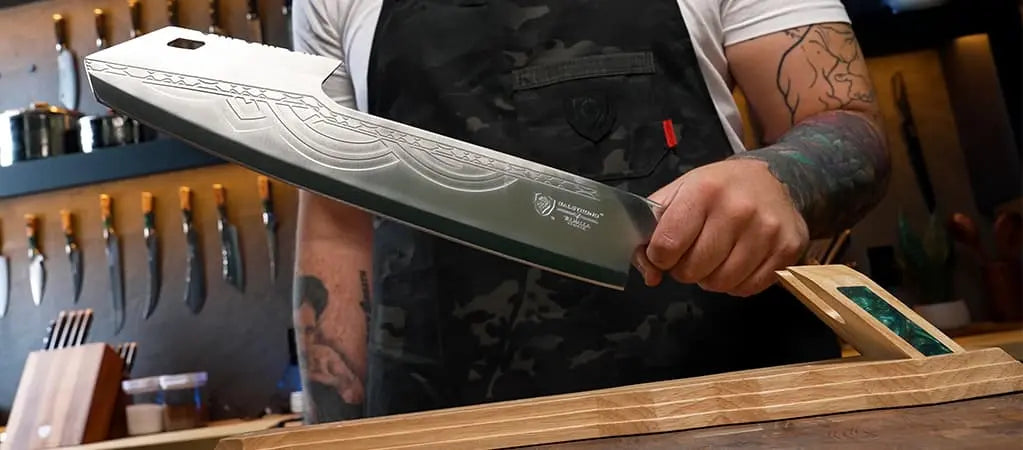
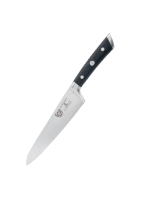
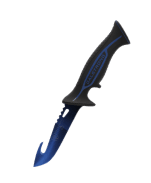
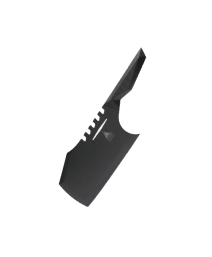
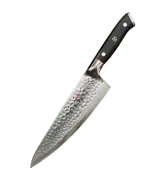
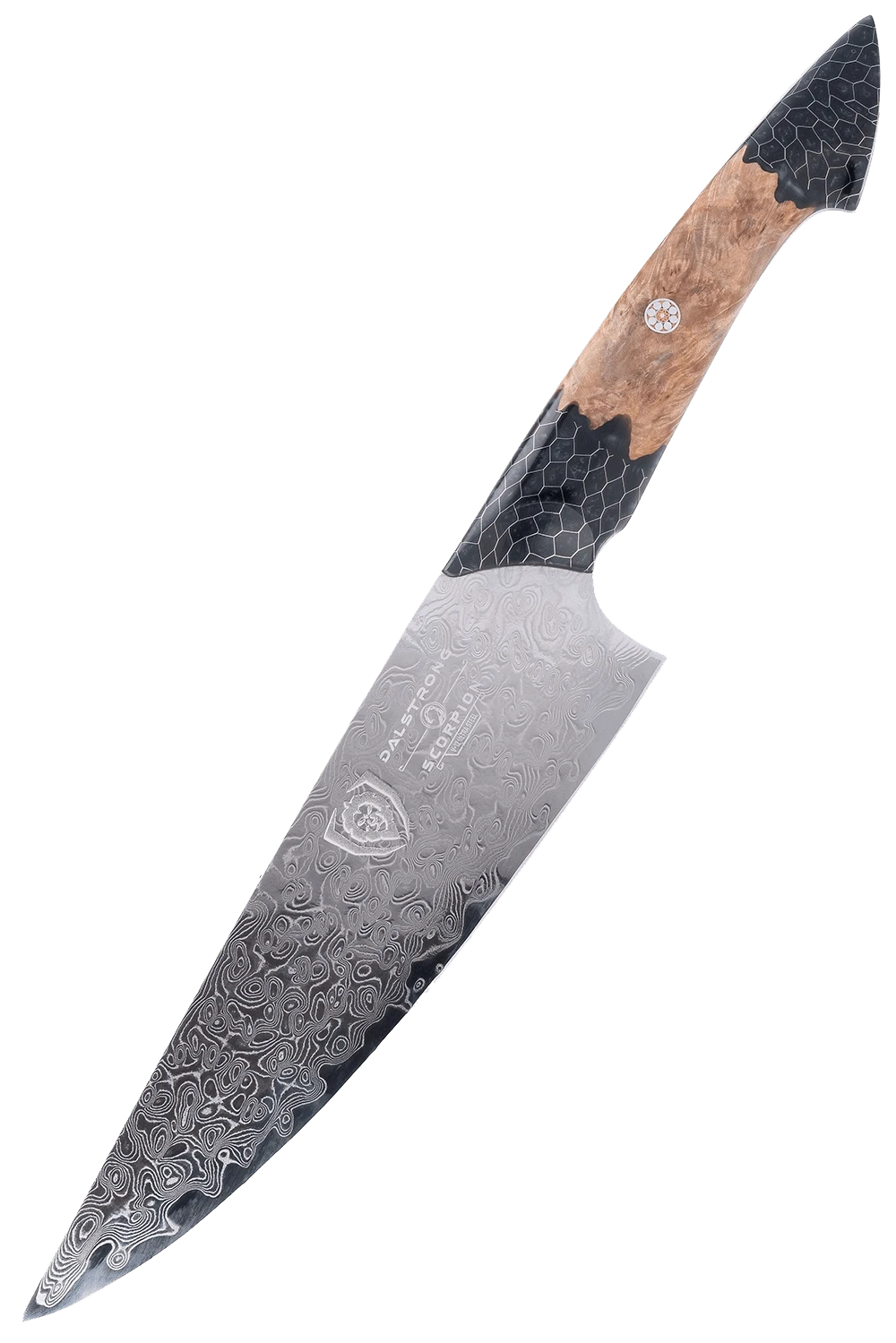
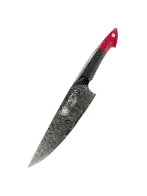

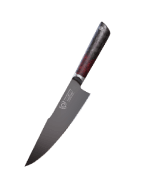
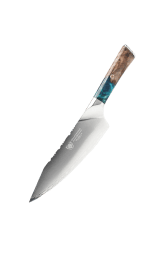

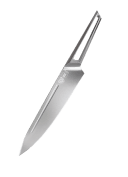
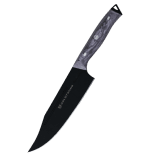

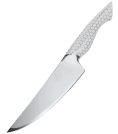
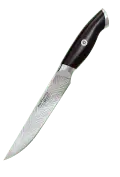
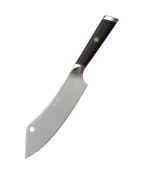
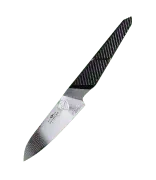
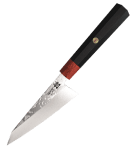
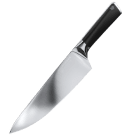
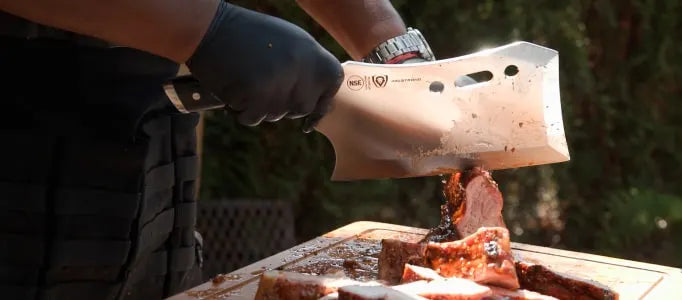
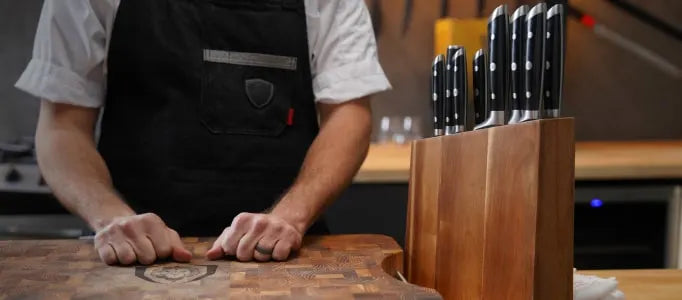
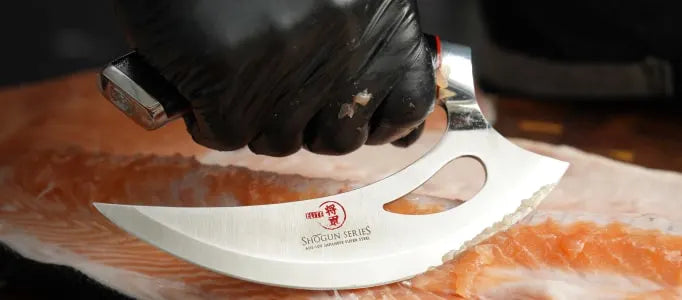

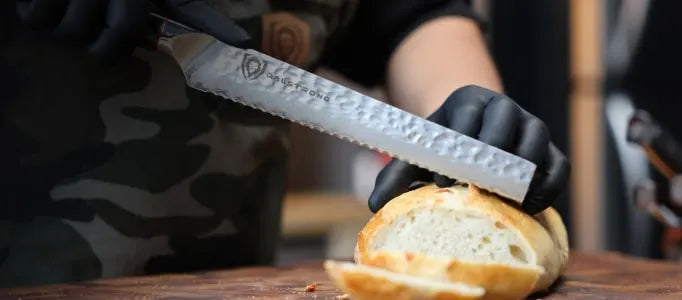
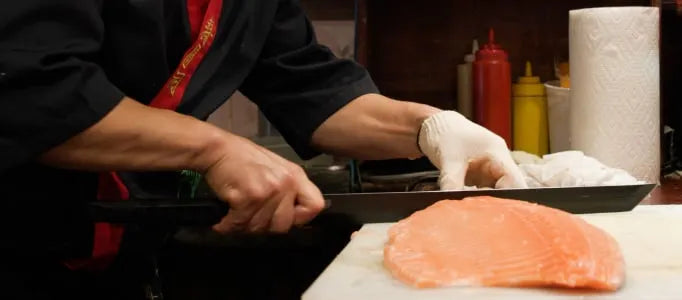
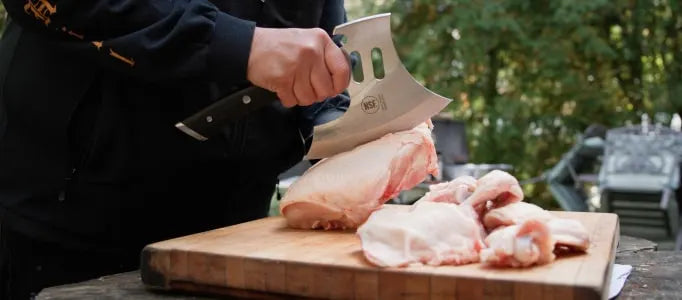
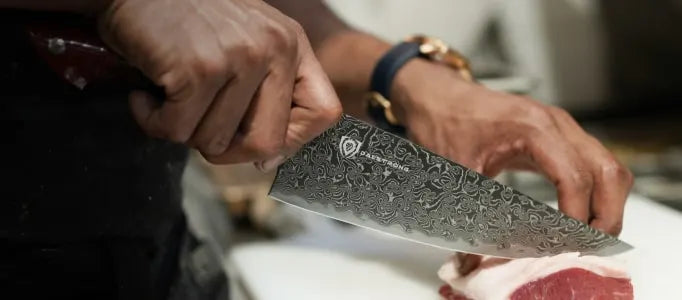
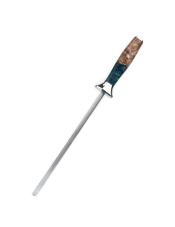
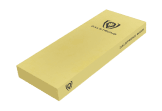


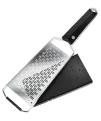






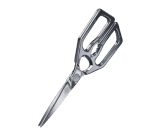





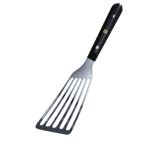

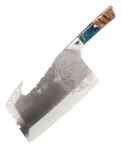

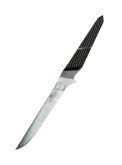
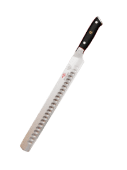
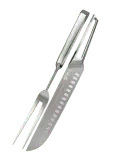
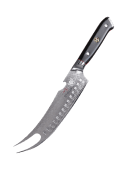
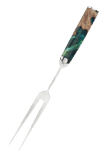





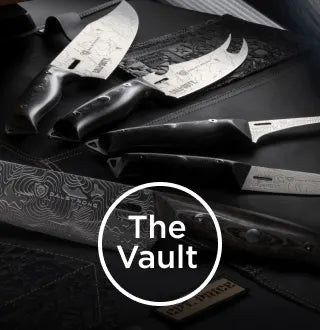

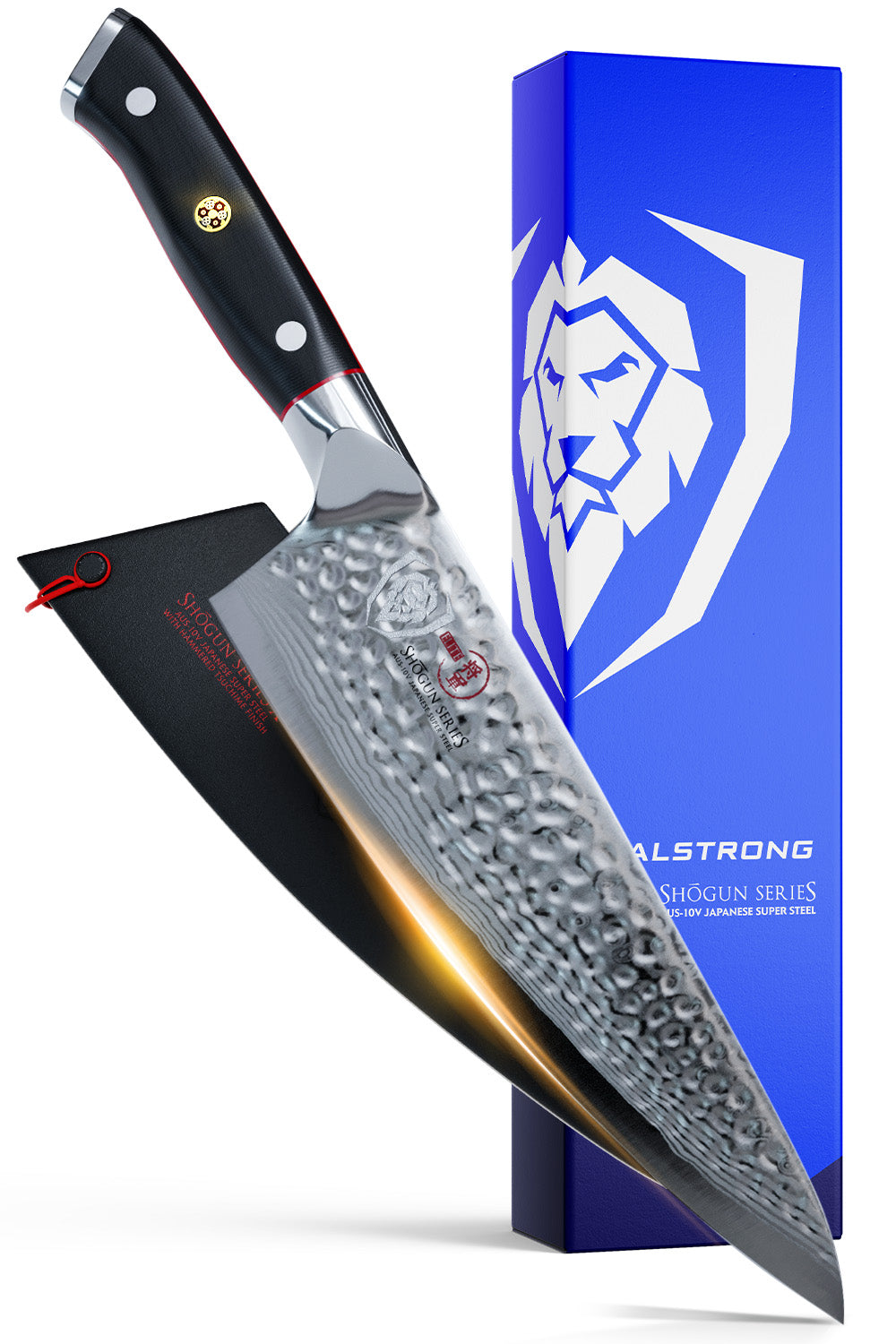
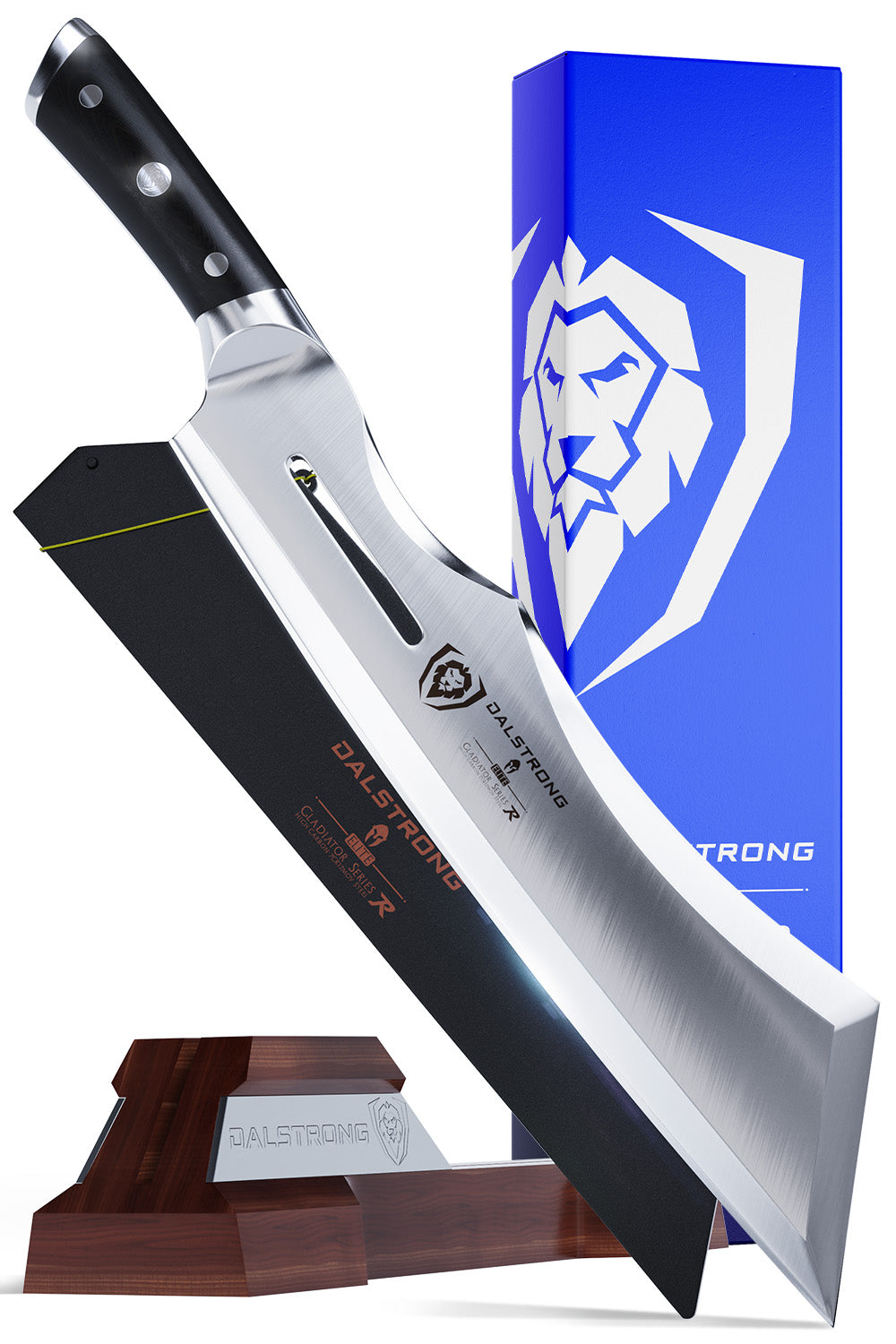










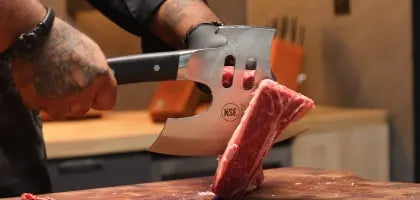

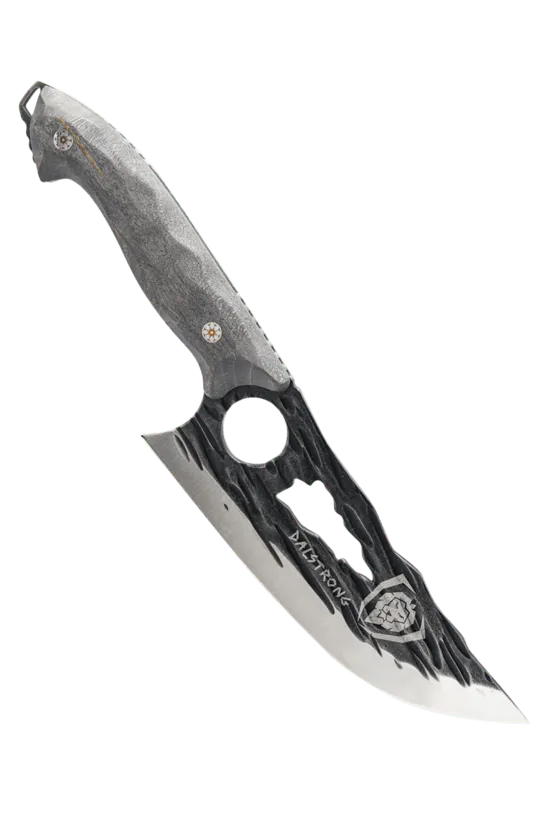
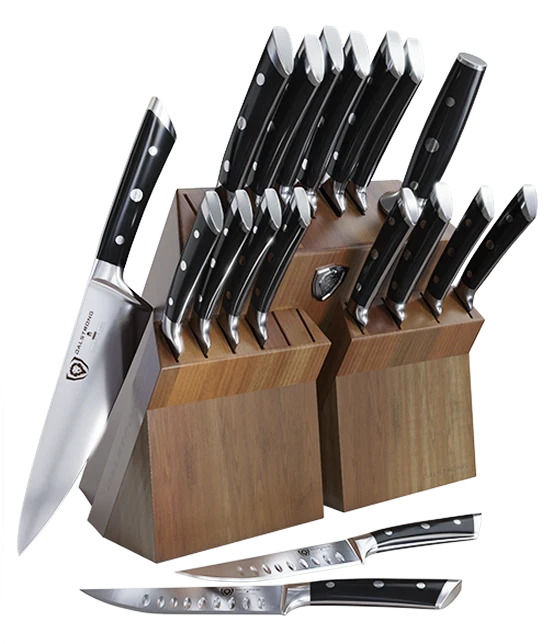

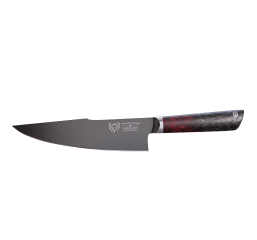
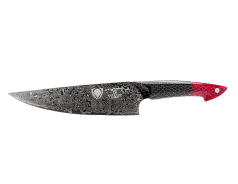
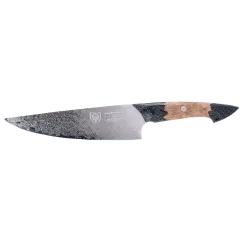
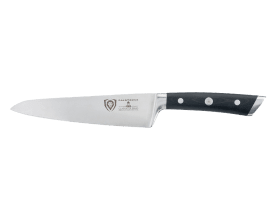
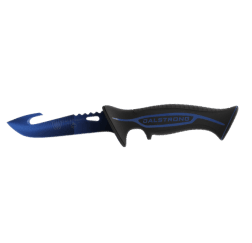
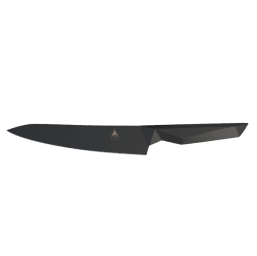





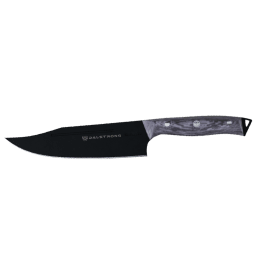

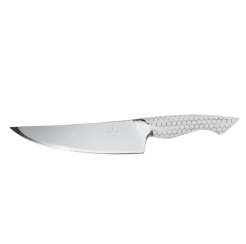
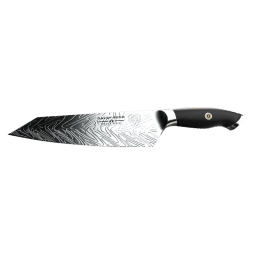
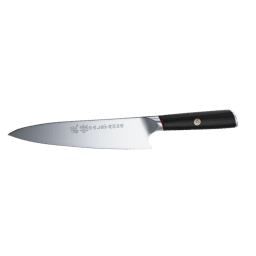
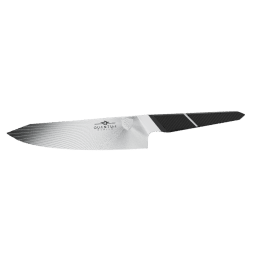

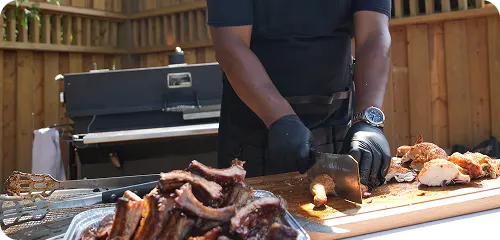
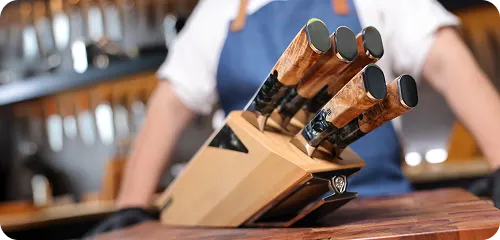





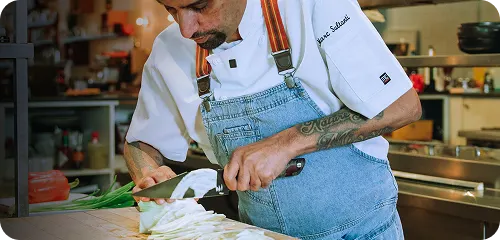
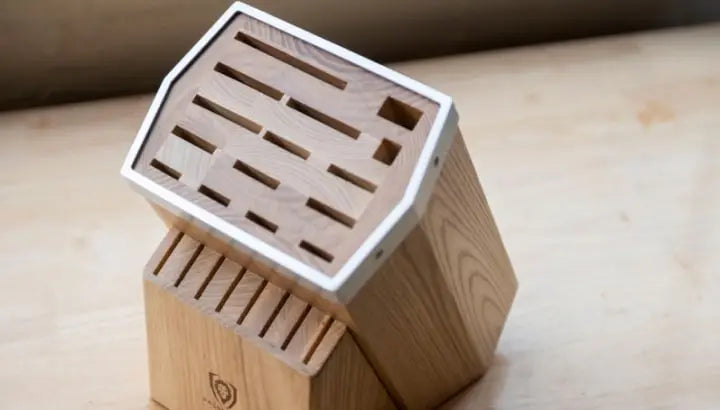

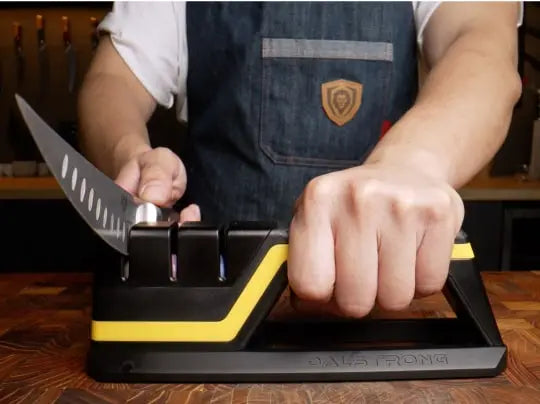
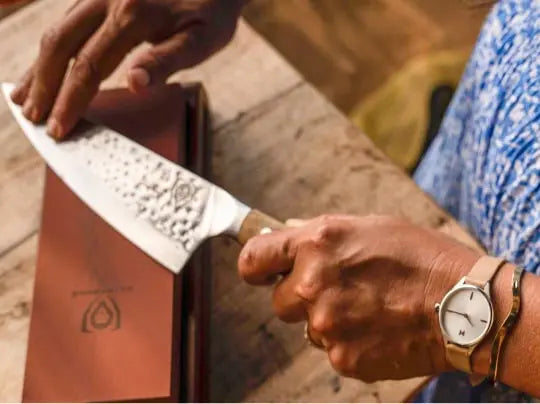
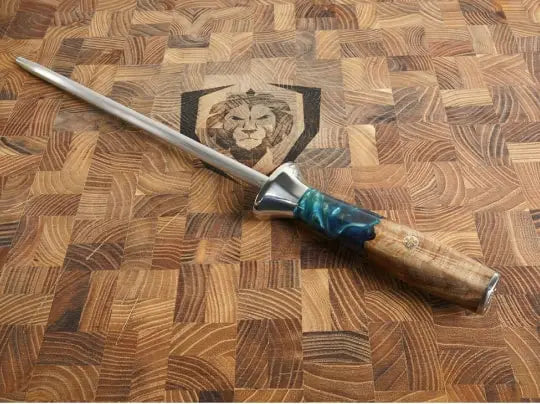
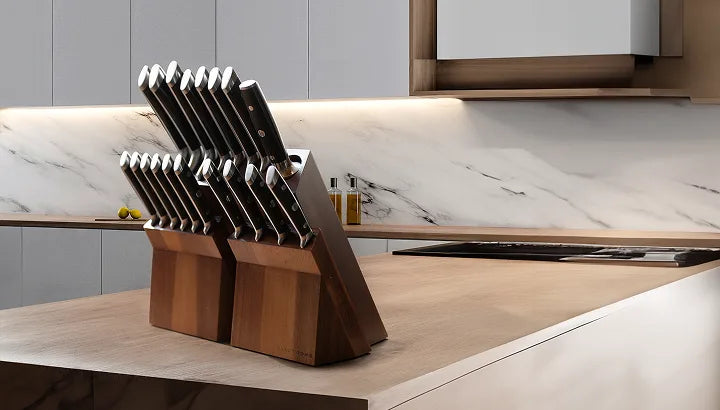
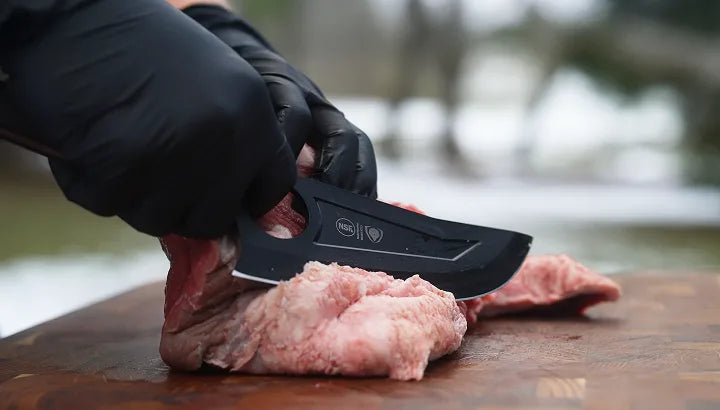

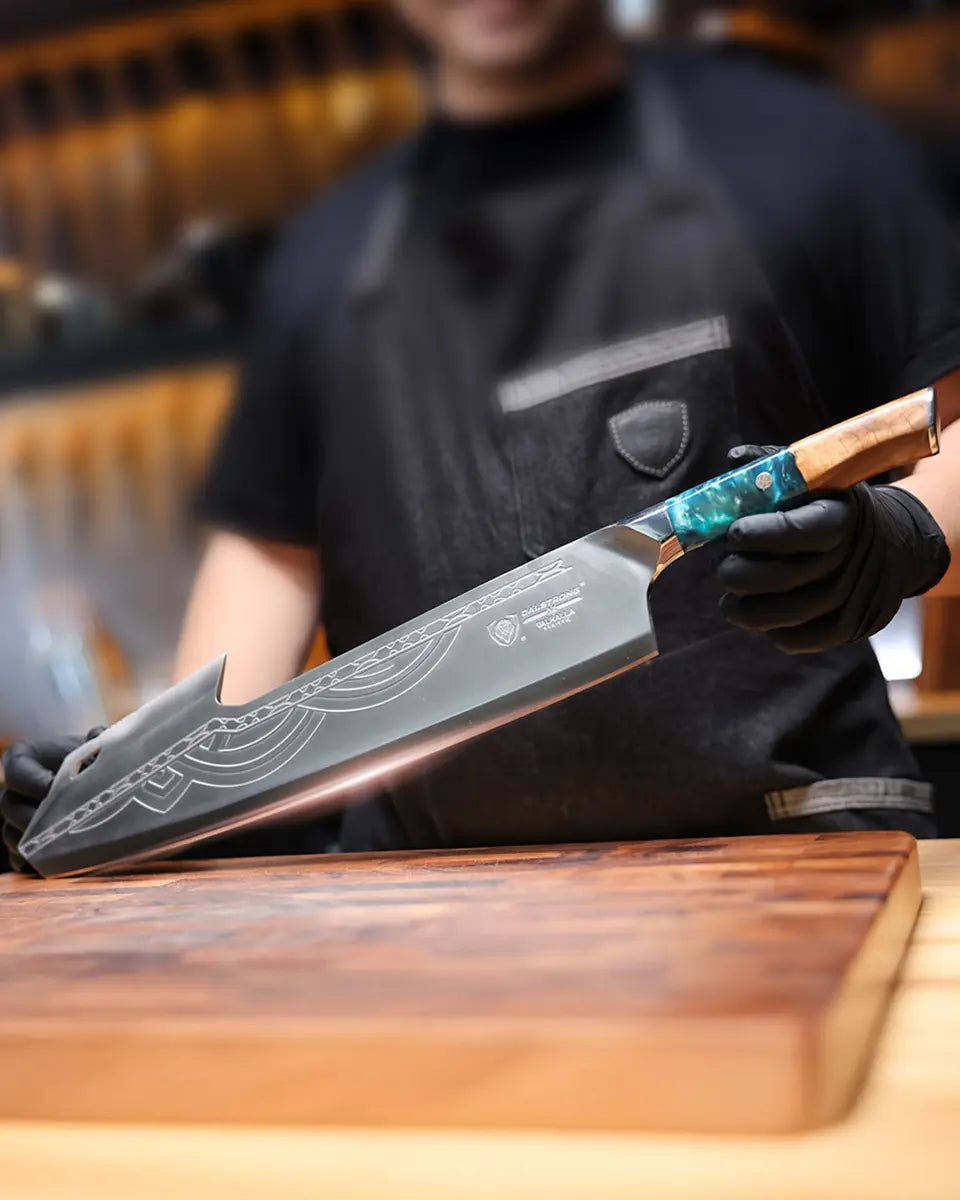


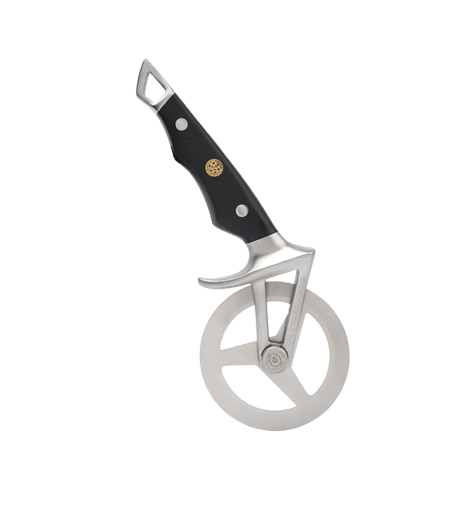
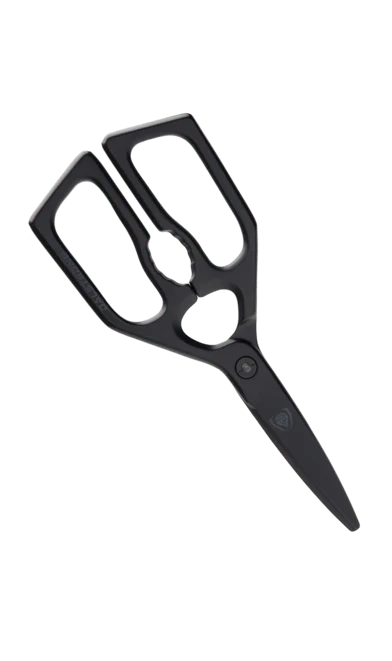
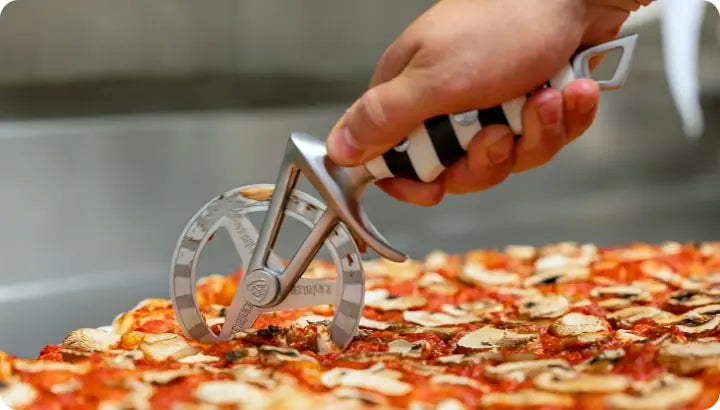

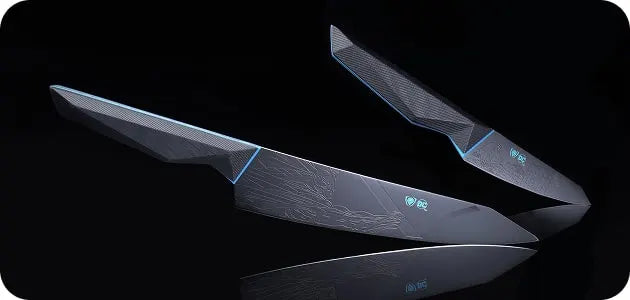
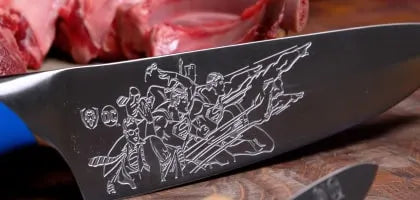








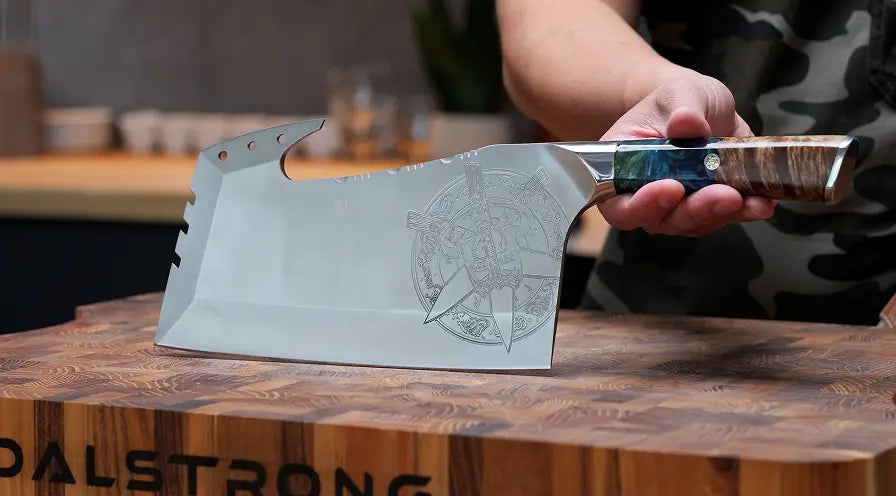
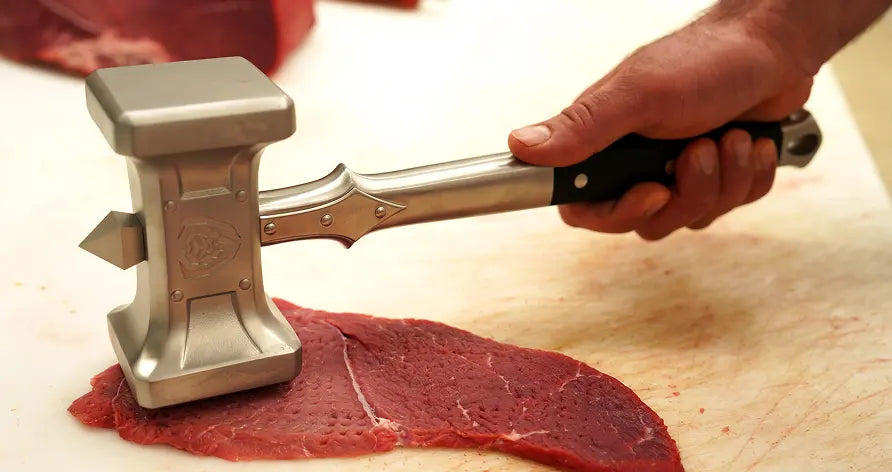
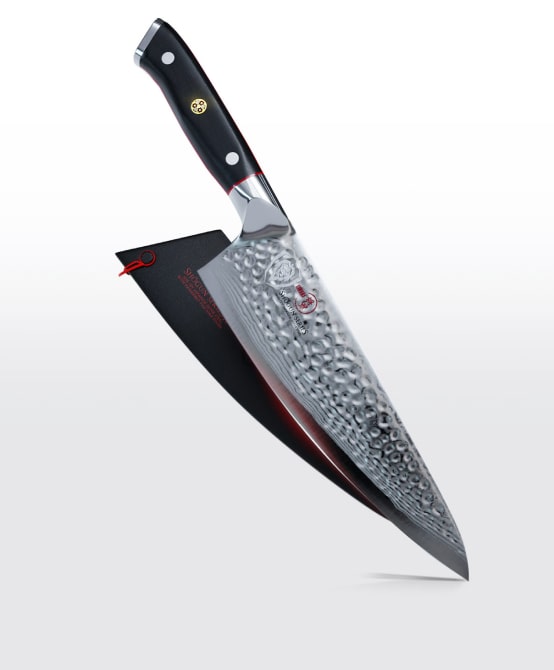



 9" Frying Pan & Skillet
9" Frying Pan & Skillet 


























































































